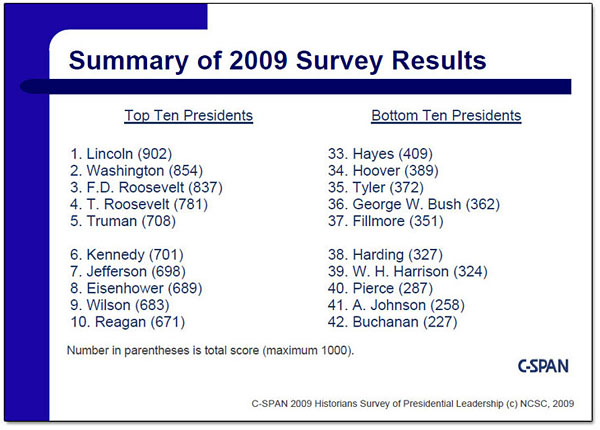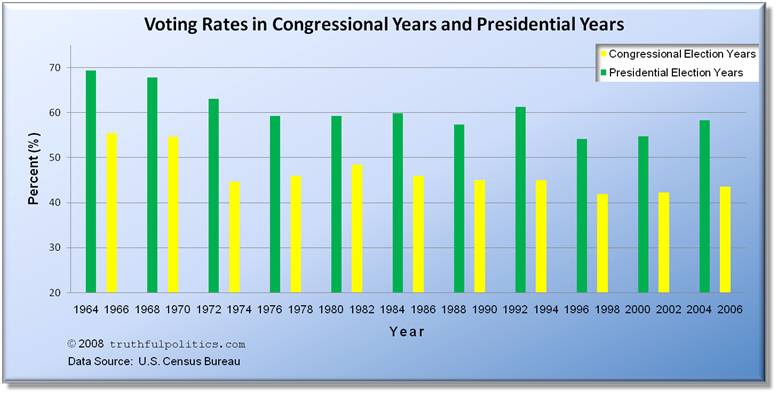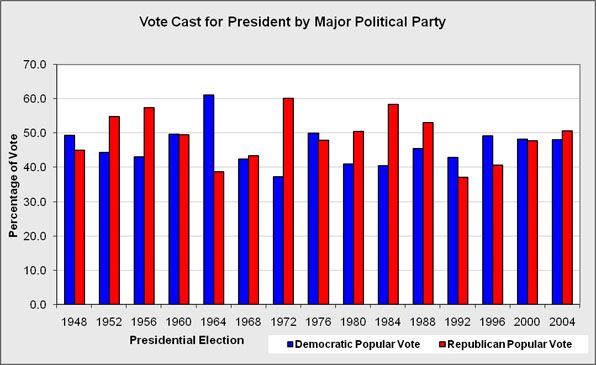Anna J. Schwartz in The Concise Encyclopedia of Economics in 2008 defined the U.S. money supply as the total of the currency, bills and coins, and various kinds of deposits that are close substitutes of money held at banks, credit unions, etc. The Federal Reserve predominately affects the money supply and does so by affecting bank deposits.
- The Federal Reserve requires banks and credit unions (called depository institutions) to hold as reserves a percentage of the their deposits.
- Therefore, if the required reserve percentage is 10%, if a bank has $1,000, it has to keep $100 deposited and can lend the remainder of $900. This required reserve percentage is called the reserve ratio is 10 percent.
- The $900 will then get deposited in either the same bank or another bank. And then, the process continues. Bank B will now have an additional deposit of $900. 10% is $90, which must be kept in reserves.
- Therefore, Bank B may lend out $810.
- The process continues until the maximum amount of new loans is reached which is ten times the initial amount of excess reserve, or $9,000: 900 + 810 + 729 + 656.1 + 590.5, etc.
- Therefore, from the original $1,000 in deposits, adds $9,000 to the money supply.
- This system is called fractional reserve banking. An “increase in bank reserves can support a multiple expansion of deposits, and a decrease can result in a multiple contraction of deposits.”
- Since 1914, a decline in the money supply has occured 3 times, “each of which was severe as judged by the decline in output and rise in unemployment: 1920-1921, 1929-1933, and 1937-1938. The severity of the economic decline in each of these cyclical downturns, it is widely accepted, was a consequence of the reduction in the quantity of money, particularly so for the downturn that began in 1929, when the quantity of money fell by an unprecedented one-third. There have been no sustained declines in the quantity of money in the past six decades.”
- “The United States has experienced three major price inflations since 1914, and each has been preceded and accompanied by a corresponding increase in the rate of growth of the money supply: 1914-1920, 1939-1948, and 1967-1980. An acceleration of money growth in excess of real output growth has invariably produced inflation-in these episodes and in many earlier examples in the United States and elsewhere in the world.”
To read the entire article, click on Money Supply.




